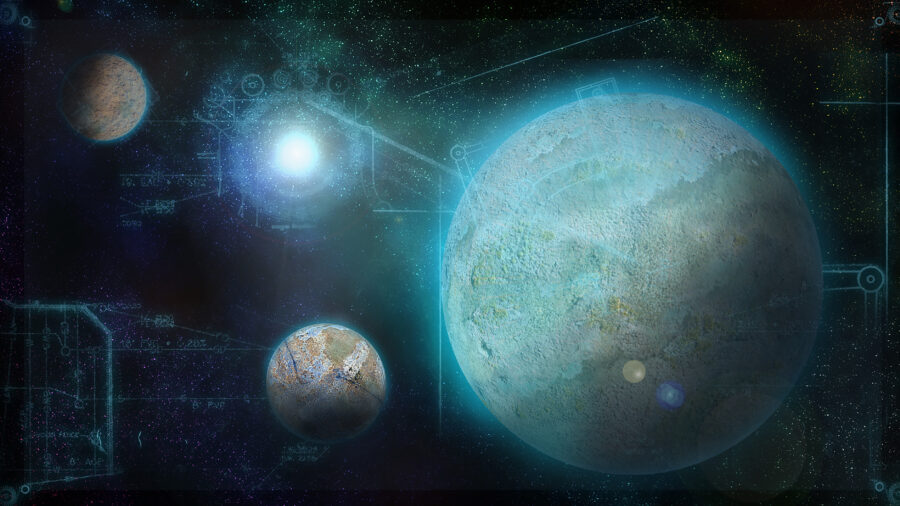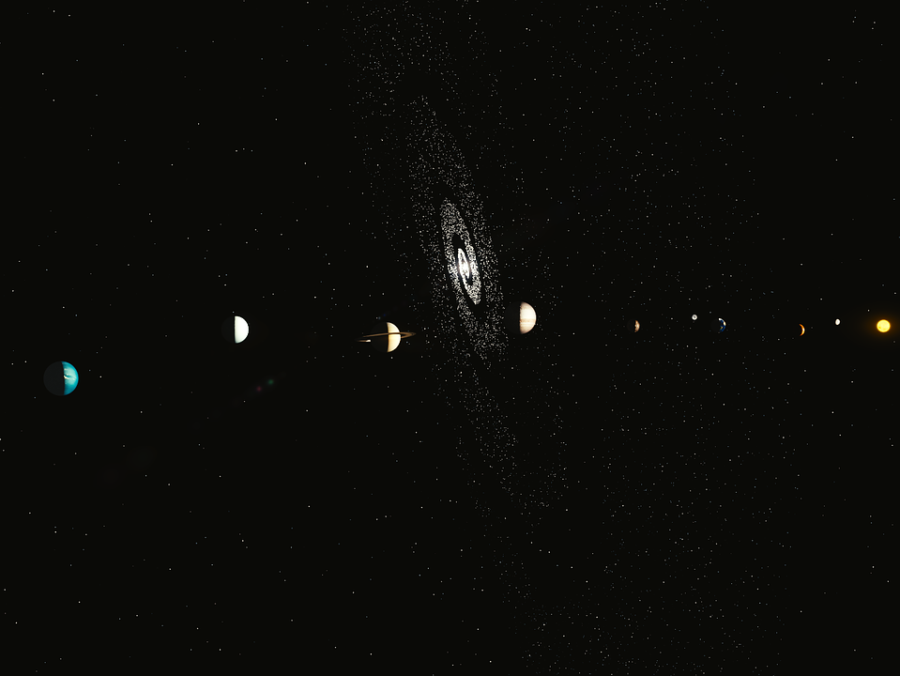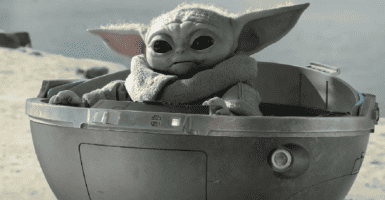The Planets Are Actually Aligning In Rare Cosmic Event, Here’s How To See It
The planets in our solar system are aligning in a rare event that can be observed by the naked eye.

The planets are aligning this week, which means Hades is probably gearing up to free the Titans and attack Mount Olympus. Just kidding, but stargazers should make sure to wake up extra early tomorrow if they want to see this incredibly rare cosmic event. According to Business Insider, waking up before sunrise on June 17 will be the best way to see the planets all lined up.
To see the planets aligning, you’ll need a combination of waking up early and luck to see the full show. If you don’t have clear, unobstructed, and dark skies, it will likely be difficult to spot the planets. Also, it will help to have some binoculars or even a telescope on hand.
If you have all of these factors in your favor, make sure to look toward the eastern sky if you want to spot the planets aligning. The brightest planet should be Jupiter, which you can spot with the naked eye. Once you locate Jupiter, you can trace a line to the right to try and spot Saturn, which will be a slightly smaller light but still visible without assistance.
Mercury will be next in line and should be to the left of Jupiter. You may need to strain to see Jupiter, but it should still be possible. The most difficult planets to see in the aligning event will undoubtedly be Neptune and Uranus.
If you’re somewhere with very little light pollution and clear skies, it’s possible that you’ll be able to see Neptune and Uranus without visual aid, but otherwise, you may be able to spot them with binoculars. The planets should be aligned from lowest to highest, with Mercury at the bottom of the stack and Saturn at the highest. Still, spotting Jupiter first will probably be your best bet to start finding the other planets.

If you want to make it easy to see the planets aligning, downloading an astronomy app would be a good idea. These apps allow you to point your phone toward the sky and show you where to look in the sky to find different constellations, planets, and stars of interest. If you’re lucky enough to be in an area that has the right conditions to see this event, you should definitely take advantage since it’s not predicted to happen again until September 8, 2040.
It’s worth noting that the planets aren’t actually aligning in the solar system, but rather they’re all visible in a smaller section of Earth’s sky than normal. So, it’s not quite the planetary alignment you see in movies like Hercules, but it’s still cool to see if you love looking at the night sky. It’s definitely worth checking out tomorrow since they will be their brightest at this time.
If you do miss tomorrow’s planets aligning, you may be able to see it after. But again, they’ll be the brightest tomorrow. For other major astronomical events in 2023, make sure to set your calendars for the Perseid meteor showers on August 12.












